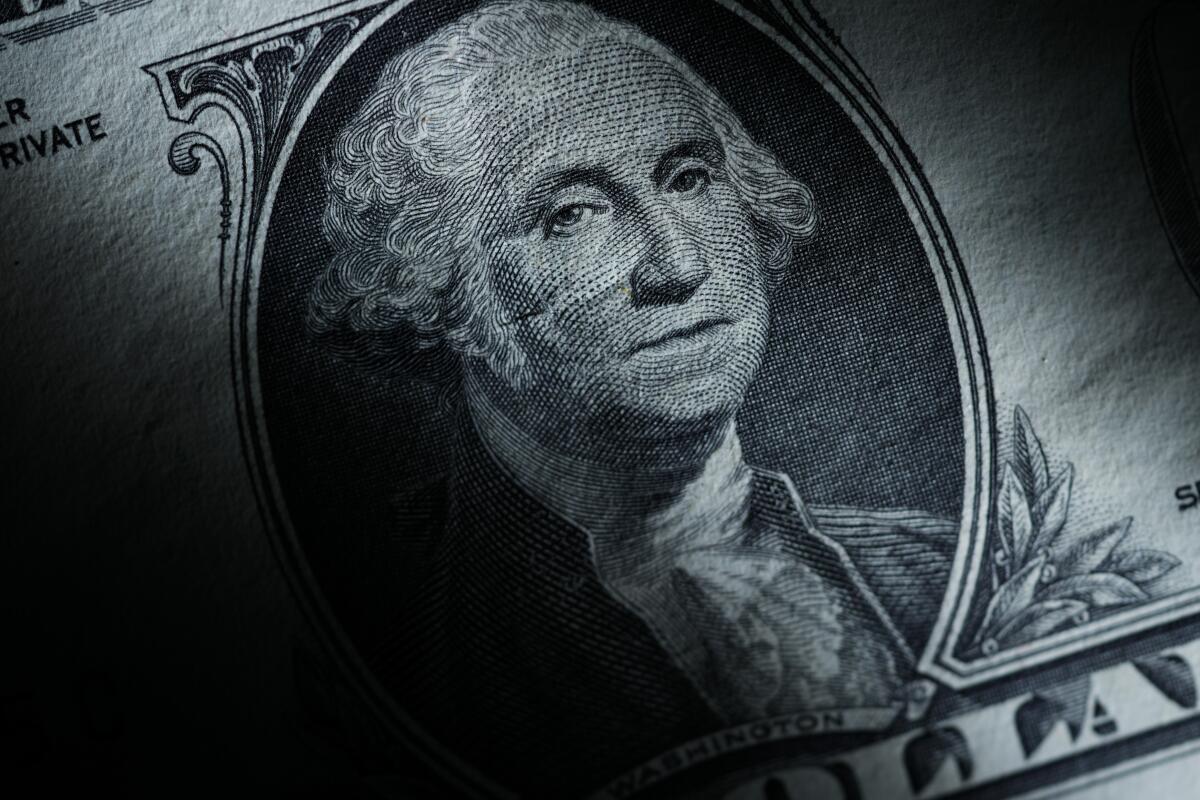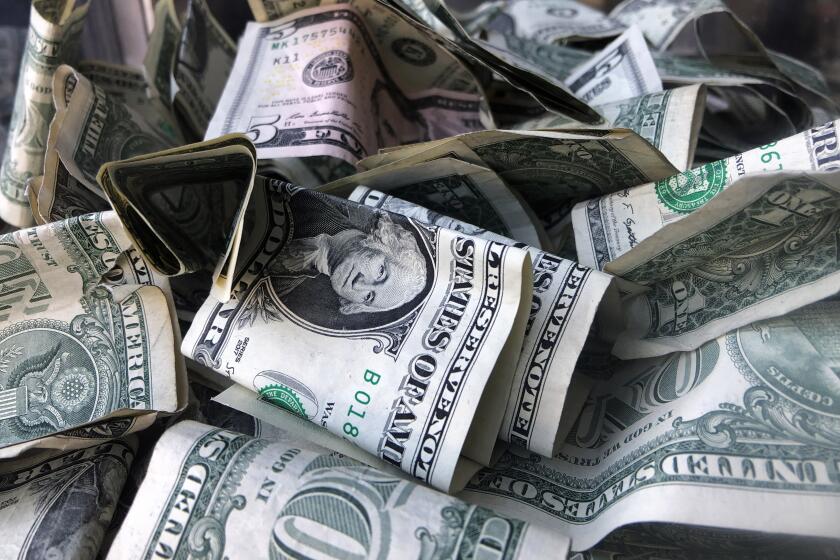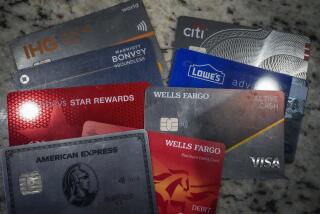Bank rates are up. How to avoid leaving money on the table

- Share via
Moving your savings around by opening a new account and closing an old one can seem like a hassle. But it’s a use of time that can pay off.
As the Federal Reserve has raised interest rates to try to cool inflation, some banks have improved their terms for savers as well.
Although the increases may seem small, compounding interest adds up over the years. Even if you’re keeping only modest savings in your bank account, you could make more significant gains over the long term by finding an account with a better rate.
The biggest national banks have yet to dramatically change the rates on their savings accounts (clocking in at an average of just 0.23%, according to Bankrate). But some midsize and smaller banks have made changes more in line with the Federal Reserve’s moves.
Online banks in particular — which save money by not having brick-and-mortar branches and associated expenses — are now offering savings accounts with annual percentage yields of between 3% and 4%, or even higher, as well as 4% or higher on one-year certificates of deposit. Some promotional rates can reach as high as 5%.
The 50/30/20 budget was popularized by Sen. Elizabeth Warren and her daughter Amelia Warren Tyagi in their book, “All Your Worth: The Ultimate Lifetime Money Plan.”
Online banking has made moving money easier, so it’s fairly straightforward to keep your existing account while opening a high-yield account at a different institution. Many have low minimums (as low as $1), so you can transfer the minimum amount required to begin the process while keeping your primary checking account open.
Many Americans don’t know about high-yield savings accounts and the significant benefits available with dramatically higher rates, Bankrate’s Sarah Foster said. The average relationship between a consumer and their bank is 17 years, she said, and trust in the largest banks means they’re “swimming in deposits” and don’t feel a need to offer better rates to attract customers.
Some people don’t realize that most high-yield savings accounts from online banks are just as safe as at traditional banks, she said, as long as they’re equivalently FDIC-insured up to $250,000. You can check at FDIC.gov.
If you have a long-standing relationship with your existing bank, you may simply be comfortable there, as well as aware of the rewards and perks of that institution, such as waiving ATM fees or account management fees, cash back, or other upsides. You probably also have direct deposit and automatic withdrawals set up when it comes to income, bills and other regular expenses and payments.
That can take time and energy, so you can do that more slowly, if you choose to do it at all. However, that could also be a chance to review your spending, cancel unwanted subscriptions, automatic payments and services, or negotiate down recurring bills and expenses where possible.
“Some people also say they aren’t banking with an online bank because they prefer access to a local branch and the in-person services that come along with that,” Foster said.
A stolen wallet precipitates a reporter’s years-long fight against identity thieves — and a system that doesn’t care and won’t help.
Here’s how different interest rates add up. Let’s say you invest $500 at one of the big five banks that have an interest rate of 0.23%. After one year, if you don’t touch it and add nothing, you’ll have earned $1.15. After five years, with compound interest, you’ll have earned $5.78. After 10, $11.62. After 25, $29.56.
If you deposit the same $500 in a high-yield savings account with an interest rate of 4%, after one year, you’ll earn $20. After five, $108.33. After 10, $240.12. And after 25, $832.92.
With $1,000, it works out to the following: At 0.23% — after one year, $2.33. After five, $11.55. After 10, $23.24. And after 25, $59.12.
And at 4%: After one year, $40. After five, $216.65. After 10, $480.24. And after 25, $1,665.84.
In both cases, that assumes you don’t add to the account each year, but a best practice would be to contribute even small amounts from each paycheck biweekly, monthly or yearly.
Your first priority should be building an emergency fund. Most financial planners recommend having a reserve of 3 to 6 months’ worth of expenses.
Banks may advertise one rate for these accounts and then adjust that rate depending on other factors, such as the Federal Reserve’s own changing rate. To avoid such changes, and to lock in a guaranteed rate, you could opt for a certificate of deposit instead, assuming you don’t need to access that money right away. Treasury securities also offer competitive rates.
A certificate of deposit pays a guaranteed rate for a fixed period, such as one month, six months or a year. CDs can be purchased through most banks, and many run special offers. Those offered rates can be comparable to those at a high-yield savings account. However, you typically face a penalty if you want access to the money before the chosen term has ended.
Sites such as DepositAccounts.com can help you comparison shop, ranking banks and accounts by rates and other factors. Other resources include Bankrate.com, NerdWallet and MyCreditUnion.gov.
“In addition to finding the highest rate, it also makes sense to make sure these banks have a history of offering a competitive rate on that account for multiple years,” said Ken Tumin, founder of DepositAccounts.com. “There are a lot of new banks now offering higher rates, but they haven’t been around long. If they don’t have much history, they may not stay competitive.”
More to Read
Inside the business of entertainment
The Wide Shot brings you news, analysis and insights on everything from streaming wars to production — and what it all means for the future.
You may occasionally receive promotional content from the Los Angeles Times.













